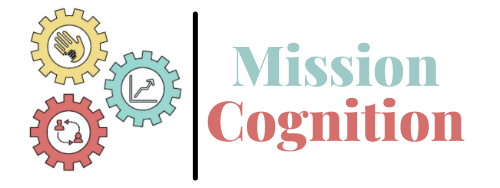As we know, our learners with special educational needs often require additional supports to acquire new skills or display certain behaviors that will help them to be more independent and successful in less restrictive environments.
When we add something to the environment to help the behavior occur or skill be demonstrated, we are prompting. If you currently work with or have a child with special needs, I’m sure you can reflect on your day and identify several examples of prompting. When we prompt, we are helping the individual to access reinforcement. If a specific skill is not displayed or pro-social target behavior engaged in, then it cannot be reinforced. If reinforcement is not contacted, then learning is unlikely to occur. In summary, when a new skill is required and prompting is not provided, errors are likely and reinforcement is unlikely.
Reinforcement increases the likelihood of a behavior occurring again, so it can then be said that reinforcement increases the likelihood of that skill or behavior becoming part of that individual’s repertoire. Prompts are a necessary part of teaching, but perhaps even more importantly than just utilizing prompts is the selection of the most appropriate type of prompt and the plan for systematically fading said prompts.
Read more about different types of prompts here and an easy trap some of us may fall into inadvertently : I Love ABA! Prompting 101
Ideally, there should be a systematic plan for fading prompts before they are even utilized. Over prompting or getting “stuck” at the same prompt level can result in what may be referred to as “learned helplessness” or “prompt dependency.” The ultimate goal is to fade all prompts so that the individual is responding only to the relevant stimuli that is present in the natural environment. In order to achieve this, we must make sure that as instructors we have accurately identified what the relevant stimuli in the natural environment actually is, and in turn teach our learners to attend to and respond to that same stimuli. That relevant stimuli could also be referred to as a cue.
Each day we engage in behaviors because naturally occurring stimuli in the environment cue us to do so:
I tied my shoe while leaving the gym after hearing the lace slap against the floor.
I washed my hands after finishing an art project and seeing paint all over them.
I walked downstairs to get the laundry after hearing the buzz of the dryer.
I asked a boy on the playground if he was okay after seeing his tears.
I turned on the lights after seeing how dark the hallway was.
I invited a classmate to join me after seeing him walking around the cafeteria alone with a lunch tray.
I said goodbye to a friend as I saw her leaving school with her backpack.
Are we over prompting??
Here is a great read with additional information on prompting, prompt fading and the difference between prompts and cues Prompts and Prompt-Fading Strategies for People with Autism McDuff, Krantz & McClannahan
